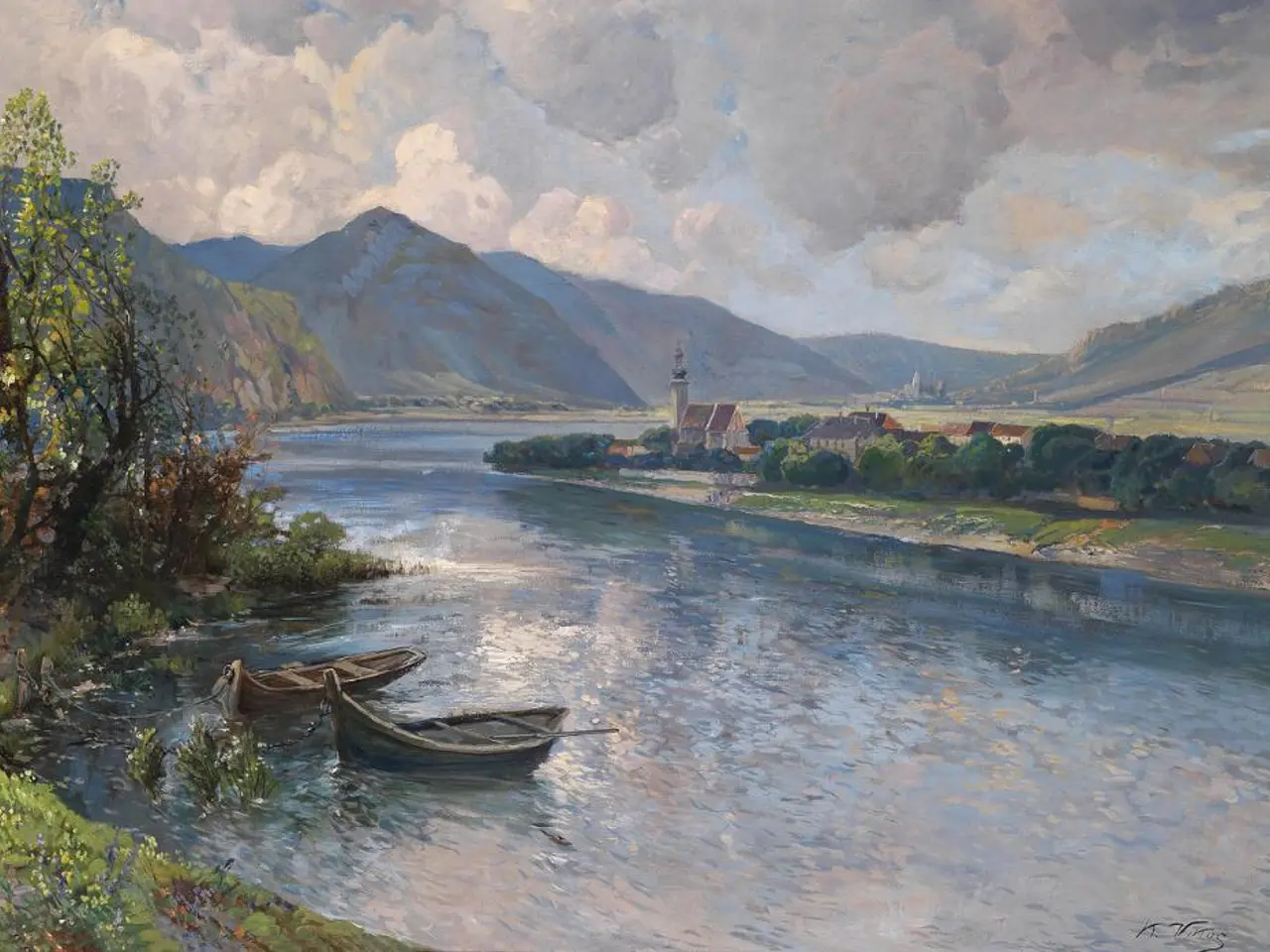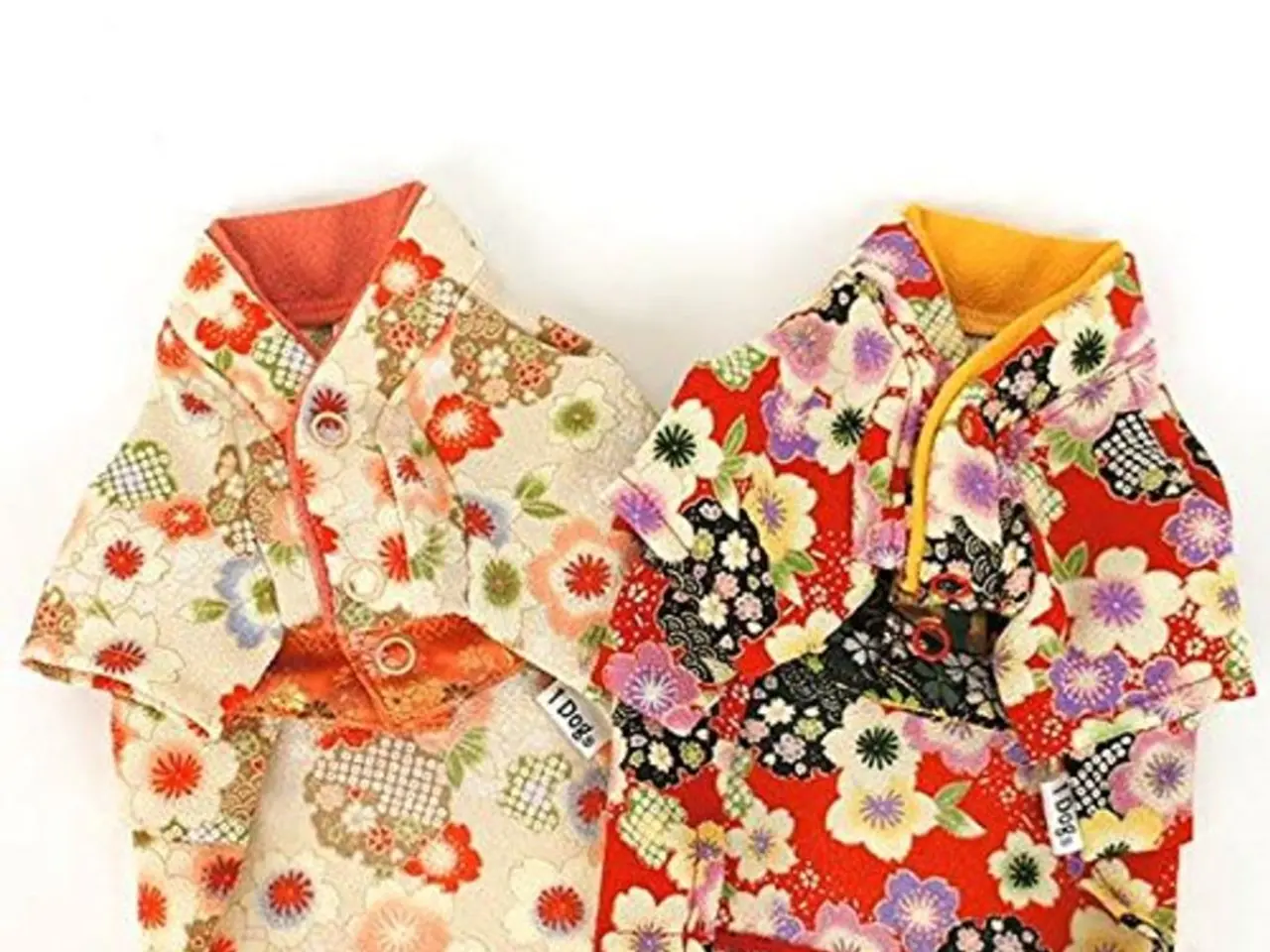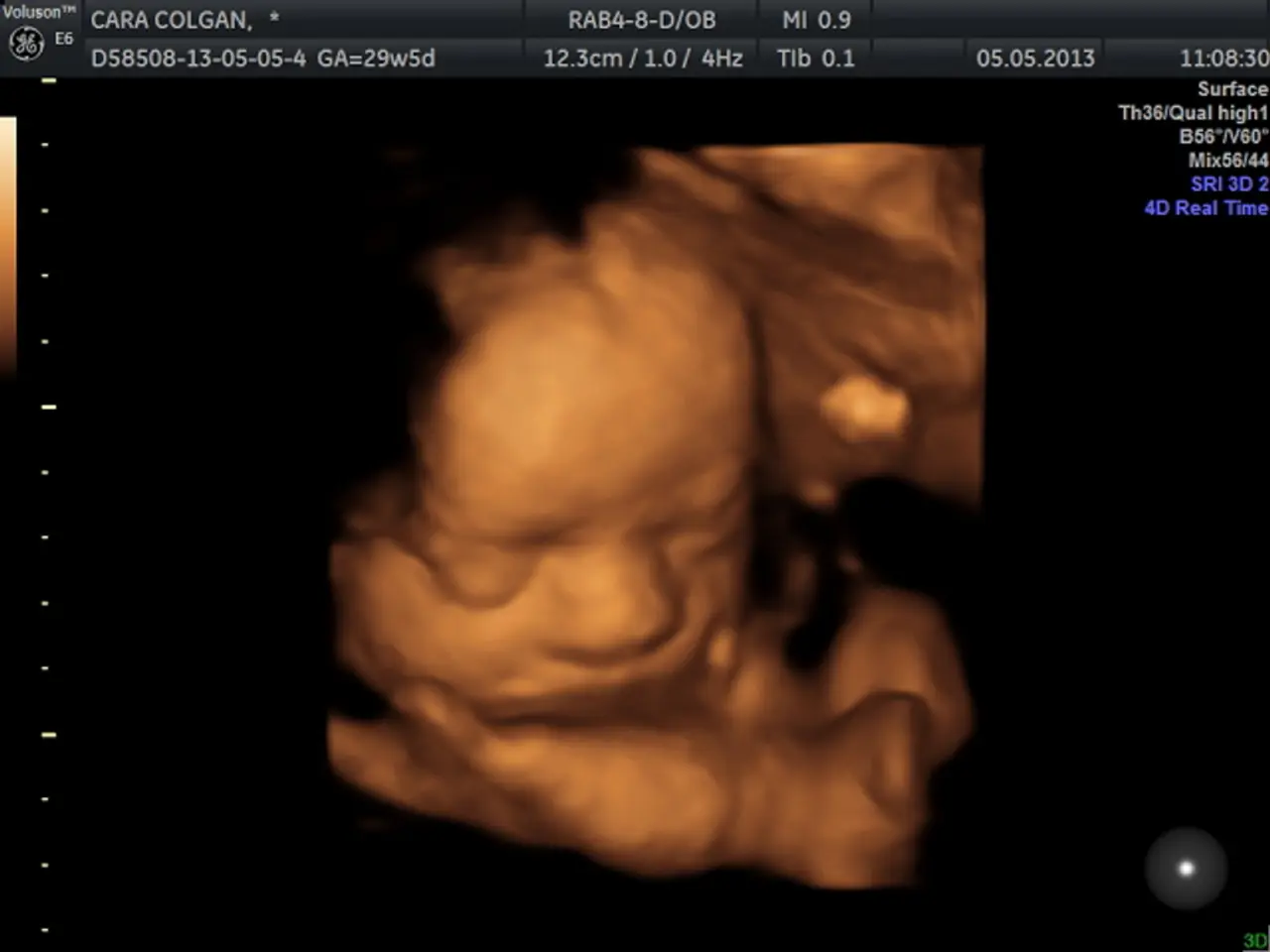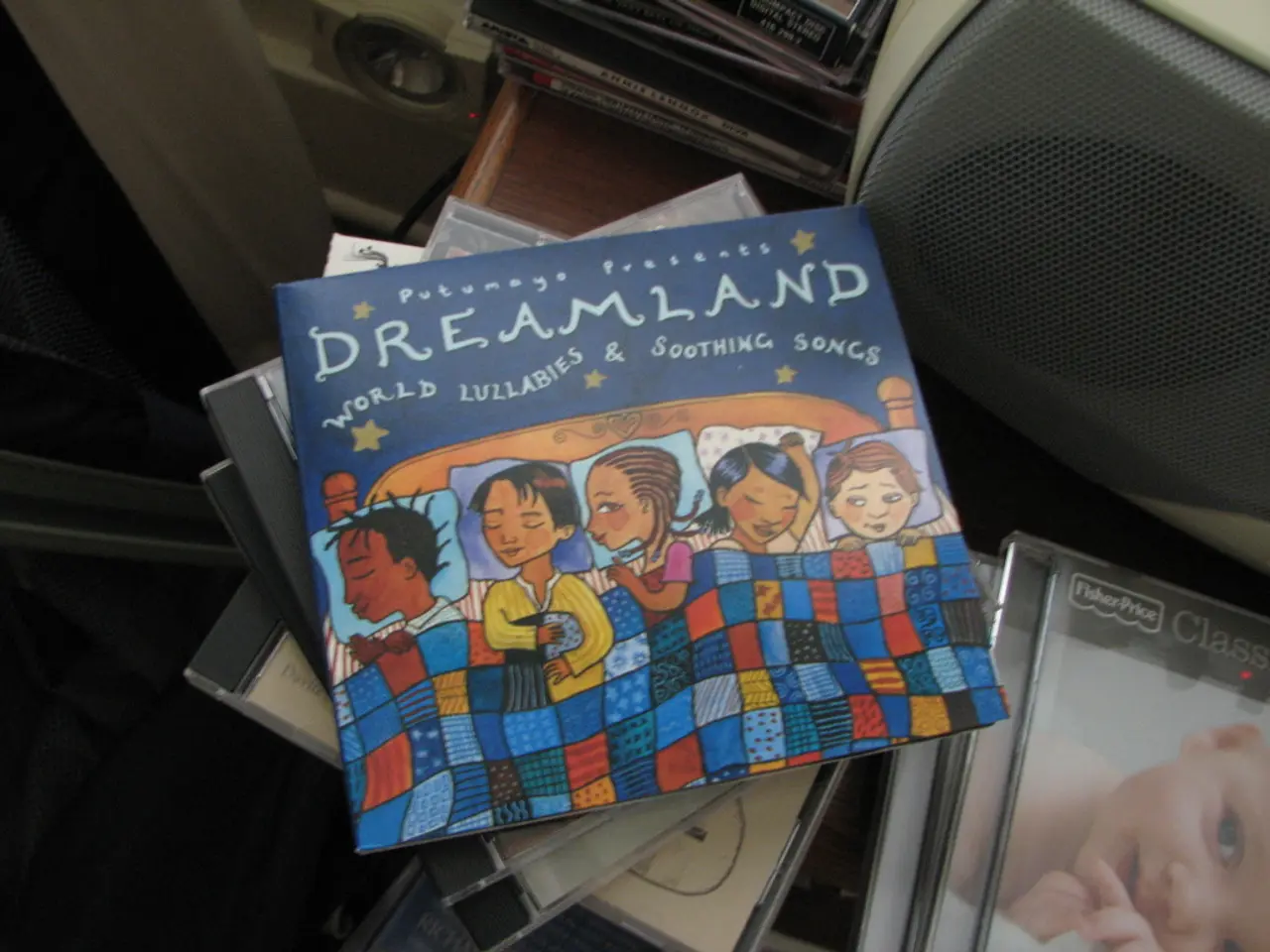Experiment: Illuminating Canvas Through Photography
In the captivating world of photography, one technique stands out for its unique blend of art and science: painting with light. This innovative approach, which transforms the dark into a canvas, offers photographers a chance to experiment and create stunning, otherworldly images. Here's a comprehensive guide to mastering this captivating technique.
Equipment Suggestions ---------------------
To embark on your light painting journey, you'll need a DSLR or mirrorless camera with manual controls, a sturdy tripod, various light sources such as flashlights, LED lights, glow sticks, or specialized light painting tools, light modifiers like colour gels or filters, and a remote shutter release or timer to avoid camera shake.
Camera Settings and Modes --------------------------
Setting your camera to Manual or Bulb mode is essential to control shutter speed precisely. Use a low ISO (100–200) to minimise noise, and an aperture around f/8 to f/11 for a good depth of field and sharpness. Shutter speed typically ranges between 10–30 seconds to allow enough time to "paint" in the dark, but adjust depending on the light painting complexity. Manual focus is preferred to prevent the camera from hunting focus in low light; pre-focus on your subject or a point at a similar distance.
Location Selection ------------------
Choose dark or low-light environments where your light will stand out clearly. An uncluttered background prevents distractions, while outdoor spots with minimal artificial light or indoor studios with controlled lighting work well. Overcast conditions provide soft light that can complement light painting if you want to include ambient portrait elements.
Model Choice and Lighting --------------------------
For portraits, models who are comfortable standing still for long exposures are ideal. Use soft or rim lighting techniques to add depth and make the subject pop, such as backlighting to create silhouettes or outlines. Keep the light intensity balanced: avoid overly bright lights that can overpower the image.
Patience and Timing -------------------
Light painting requires practice and experimentation; your first shots might not be perfect. Review each image and adjust your movements, light intensity, or camera settings accordingly. Be patient—refine motions, timing, and combinations of light sources for best effects.
Creative Techniques and Ideas ------------------------------
- Draw shapes or write words in the air using a flashlight. - Spin lights attached to strings or sticks to create spheres or orbs. - Mix different light colours by using gels or multiple light sources to add depth and vibrancy. - Experiment with layering colours or creating contrasting light/dark areas for dramatic impact. - Use smaller LED lights to create orbs and domes by spinning them steadily.
Summary Table of Key Settings and Tips ---------------------------------------
| Aspect | Recommendation | |-----------------|----------------------------------------------------------| | Camera Mode | Manual or Bulb mode | | ISO | 100–200 | | Aperture | f/8 to f/11 | | Shutter Speed | 10–30 seconds or longer (depends on effect needed) | | Focus | Manual focus, pre-focus on subject | | Light Sources | Flashlights, LEDs, candles, glow sticks, color gels | | Equipment | Tripod, remote shutter release | | Location | Dark, uncluttered, minimal ambient light | | Model | Comfortable with stillness, consider silhouette or soft lighting | | Creative Ideas | Drawing, spinning lights, colour mixing, layering |
This approach combines technical mastery with artistic experimentation, allowing you to develop your unique light painting style while controlling exposure, composition, and lighting quality effectively.
The unique aspect of the photos being discussed is the use of a transparent, illuminated hoop called a FutureHoop that can display sequences of colours and patterns. The tutorial is part of an occasional series that encourages photographers to try new photography techniques. Steel wool spinning is another painting with light idea where the model whirls a burning ball of steel wool around, creating dramatic photos as the sparks fly through the air.
Using the Raw format allows for maximum options in Lightroom Classic afterwards, while setting White Balance to daylight lets you see the natural colours of the light source and the ambient light. Tess, the model in the photos, is a trained dancer and performer who intuitively understood how to use the FutureHoop to create patterns.
Safety is important when choosing a location for painting with light photos. Make sure the model can move safely in the near dark without tripping over anything. Twilight is the best time of day for painting with light, as it's dark enough to see the lights from the light source, but there's still enough ambient light to subtly illuminate the background and give some colour to the sky. Shutter speeds between two and four seconds were used for the photos mentioned, with faster speeds needed if the model moves quickly.
In conclusion, painting with light offers photographers a chance to unleash their creativity and produce visually stunning images. With patience, experimentation, and the right equipment, anyone can master this captivating technique and add a new dimension to their photography portfolio.
In the realm of photography, especially when painting with light, understanding camera settings such as Manual or Bulb mode, ISO (kept low like 100–200), aperture around f/8 to f/11, and shutter speed ranging from 10–30 seconds or more is crucial for a good depth of field and sharp images. Furthermore, composition can extend beyond traditional rules when experimenting with home-and-garden elements like using a FutureHoop or employing steel wool spinning for unique lighting effects in a lifestyle setting.




